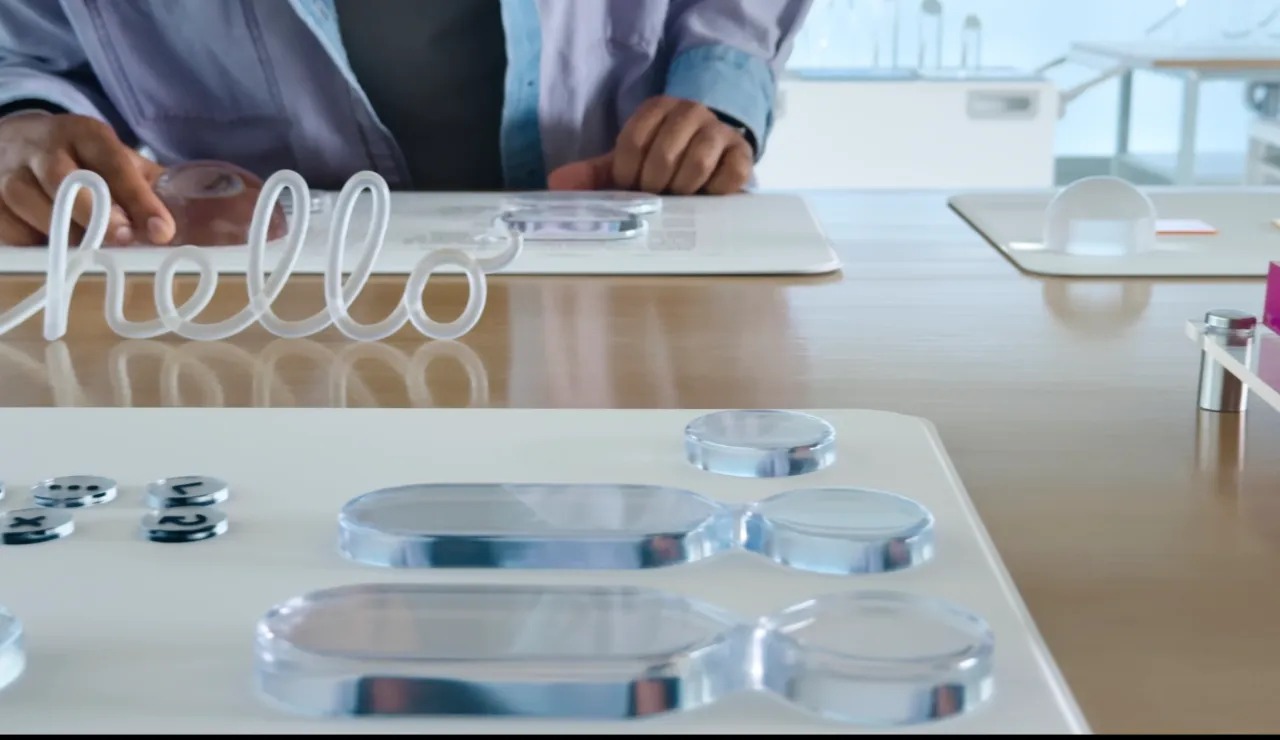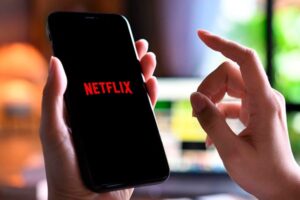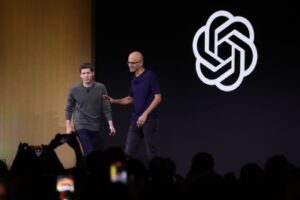
Apple Liquid Glass Tinted Option: Customization Returns to iOS 26 and macOS 26
Apple’s latest update introduces the Liquid Glass Tinted option, giving users control over how their interface appears across iOS 26, iPadOS 26, and macOS 26. This small but meaningful change highlights a growing theme in Apple’s design approach—combining innovation with adaptability.
Revisiting Liquid Glass: A Bold Redesign Meets User Feedback
The Liquid Glass interface marked Apple’s biggest visual overhaul since its move from skeuomorphic to flat design in 2013. The new transparent aesthetic, first released with iOS 26, modernized the experience—but it also divided opinion.
While many praised its refined, glass-like finish, others found the transparency made interface elements harder to read, particularly in apps such as Apple Music and through notifications. Apple’s response: give users a choice.
The new Liquid Glass Tinted option increases opacity, improving readability without losing the design’s modern look. It’s a pragmatic response that acknowledges user feedback while preserving Apple’s design vision.
Balancing Control and Simplicity
Apple’s latest beta update introduces a two-level control—Clear or Tinted—accessible via the “Display & Brightness” menu on iOS and iPadOS, and under “Appearance” in macOS System Settings. Rather than adding a slider for fine-tuning opacity, Apple chose simplicity.
Developers who already implemented Liquid Glass in their apps will automatically inherit the user’s preferred setting, ensuring consistency across both Apple and third-party experiences. The new customization appears in version 26.1 betas for iPhone, iPad, and Mac, with wider availability expected soon.
This streamlined toggle underlines Apple’s ongoing effort to offer personalization without complicating its user interface—a careful balance between minimalism and control.
A Familiar Playbook of Adaptability
This isn’t the first time Apple has adjusted a design decision based on user sentiment. When Safari’s address bar moved to the bottom of the screen in 2021, initial backlash prompted Apple to reintroduce an option to revert it to the top.
The Liquid Glass Tinted option follows the same principle: maintain innovation, but give users room to adapt. It reflects Apple’s acknowledgment that usability and comfort matter as much as visual innovation.
User Experience as a Two-Way Dialogue
The update also reveals a more collaborative design philosophy. By offering customization early in the product cycle, Apple signals an intent to integrate user feedback into its design ecosystem faster than before.
This evolution suggests that future Apple software may lean more toward configurable visual systems—where aesthetics remain cutting-edge, but flexibility becomes an expectation rather than an afterthought.
As interface design becomes more adaptive, will future users expect every visual element to be customizable by default?
Explore Business Solutions from Uttkrist and our Partners’, Pipedrive CRM [2X the usual trial with no CC and no commitments] and more uttkrist.com/explore



